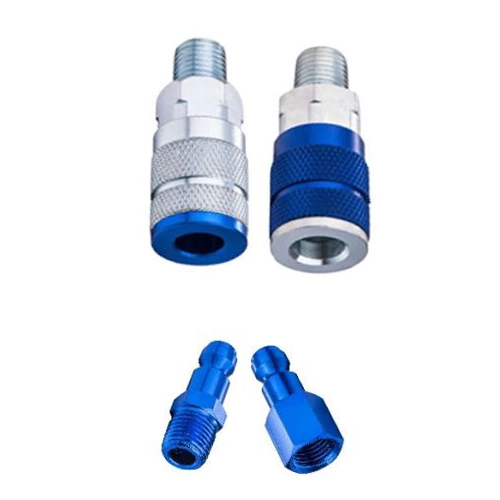The step of CNC machining parts is a systematic and fine process, which involves many links from part design to the final product. Here’s a step-by-step guide:
First, preparation
1. Parts information analysis:
– Analyze the part drawings, determine the material, shape, size, accuracy, batch, blank shape and heat treatment requirements of the parts.
2. CAD system modeling:
– Use computer aided design (CAD) software to design products and generate 3D models of parts.
3. CAM system generates processing code:
– According to the CAD model, using the computer aided manufacturing (CAM) software to generate the machining code, including the machine’s action instructions, cutting parameters, cutting paths, etc.
Second, preparation before processing
1. Reasonable selection of machine tools:
– Select the appropriate CNC machine tool according to the machining requirements of the parts.
2. Manufacturability analysis:
– Analyze the machining feasibility of the parts, determine the processing method, processing sequence and cutting parameters.
3. Selection of tools and fixtures:
– Select suitable tools and fixtures according to machining requirements to ensure machining accuracy and efficiency.
4. Workpiece clamping:
– Fix the workpiece to the machine to ensure the accuracy and stability of the workpiece.
5. Set the tool and the workpiece coordinate system:
– Operate the tool to determine the position of the tool in the machine coordinate system; Set the workpiece coordinate system for easy programming and processing.
Third, the processing process
1. Program verification and first cut:
– Input the machining program into the CNC machine tool controller, carry out the program verification and the first part test cutting to ensure the accuracy of the machining path and cutting parameters.
2. Formal processing:
– Execute the machining program, and the machine tool will cut according to the path and speed specified in the program. In the process of processing, it is necessary to monitor the processing state and adjust the cutting parameters and tools in time.
3. Processing stage division:
– Depending on the machining requirements of the part, several stages such as rough machining, semi-finishing and finishing may be required. Machining parameters and tool selection may vary at each stage.
Fourth, post-processing
1. Parts inspection and repair:
– Inspect the finished parts, including size, shape and surface roughness. According to the inspection results, the parts are trimmed, ground or polished to improve the accuracy and surface quality of the parts.
2. Cleaning the processing site:
– Clean up the machining site after machining, including machine tools, tools, fixtures and workpieces.
3. Shutdown and equipment maintenance:
– Turn off the power supply of the machine and carry out necessary equipment maintenance and maintenance to ensure the long-term stable operation of the equipment.
To sum up, the steps of CNC machining parts are a complex and fine process, which needs to strictly follow the operational requirements of each link to ensure processing quality and efficiency.





